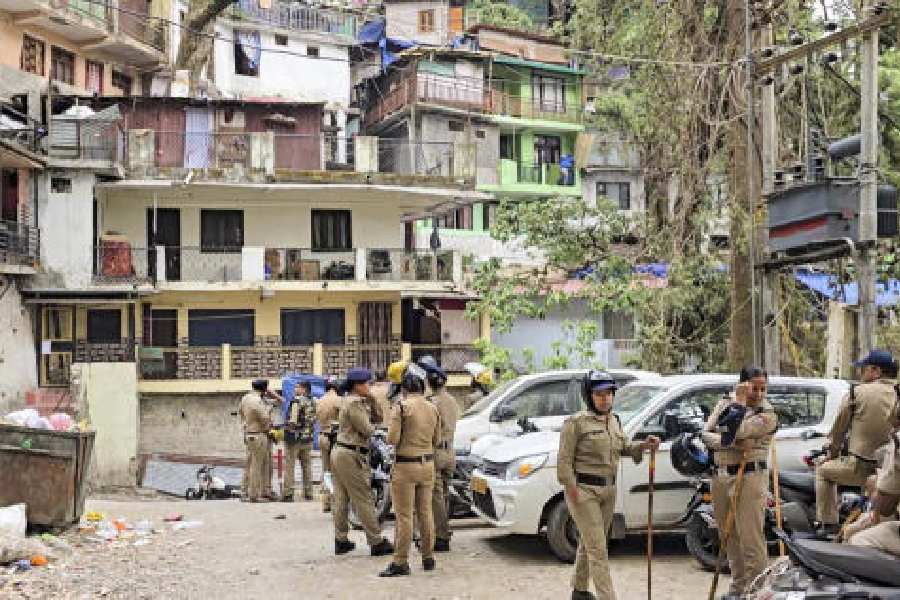
New Delhi: India has added about 8,000sqkm of combined forest and tree cover over the past two years despite persistent pressures from cultivation, diversion of forest land and development activities, the Forest Survey of India said on Monday.
The FSI's latest State of Forests report has estimated India's forest and tree cover has since 2015 increased by 1 per cent with forests expanding to 708,273sqkm (21.54 per cent) and tree cover to 93,815sqkm (2.85 per cent) of geographical area by 2017.
The estimate implies that nearly one-fourth of the country's geographical area is under forest or tree cover.
The estimation exercise has found a reduction of over 1,000sqkm in the forest cover in five northeastern states - Mizoram, Nagaland, Arunachal Pradesh, Tripura and Meghalaya. But these losses have been offset by forest cover gains in Assam and Manipur.
The states where the forest cover has expanded include Andhra Pradesh, Bengal, Karnataka, Kerala, Maharashtra, Odisha and Telangana.
Bengal has added 21sqkm forest cover, which FSI officials say can be attributed to plantation activities mostly outside recorded forest areas and because of conservation efforts on the coastal mangrove vegetation.
Forest officials cite a net 9,525sqkm increase nationwide in very dense forest over the past two years as evidence of qualitative improvements in forest cover.
Over 12,000sqkm of moderately dense forest land has since 2015 turned into very dense forest.
"This implies that pressures from grazing, firewood collection and tree-felling have reduced or are being managed," Vikram Elavarasan, deputy director at the FSI, Dehradun, said.
But the report also has evidence of continued loss and degradation of forest. Over 11,000sqkm of moderately dense forest degraded into open forests.
The forest losses in the northeastern states are primarily because of shifting cultivation - a practice in which the local communities "borrow" patches of forest to grow crops for short periods of time - development activities and rotational felling of trees.
The harvesting of rubber plantations in Tripura also contributed to the state's 164sqkm decline in forest cover since 2015.
The FSI for the first time has also assessed water bodies in and close to forest areas and found that their area has increased by about 2,647sqkm since 2005.
The report, citing an international forest mapping effort, has ranked India 10th in the world on the extent of forest cover, behind Russia, Brazil, Canada, US, China, Congo, Australia, Indonesia and Peru.
Senior FSI officials have attributed the increase in the forest cover in several states to successful agro-forestry practices, transformation of scrub areas to forest areas, increase in mangrove cover and conservation and protection activities.










